In October 2015, an intercampus email from the the Intercultural Affairs Committee at Yale University warned students not to wear certain types of Halloween costumes. In response, Professor Erika Christakis, an expert on early childhood development, wrote a letter to the Yale student body. She asked them to critically examine the restraints placed on young Halloween participants in the name of cultural appropriation.
“Is there no room anymore for a child or young person to be a little bit obnoxious, a little bit inappropriate or provocative or, yes, offensive?” Christakis asked.
Her letter brought national attention to an issue familiar to Critical Race Theorists.
After this and other incidents achieved national attention, Halloween has been plagued with questions regarding the appropriateness of donning garb loosely associated with identities foreign to the wearer.
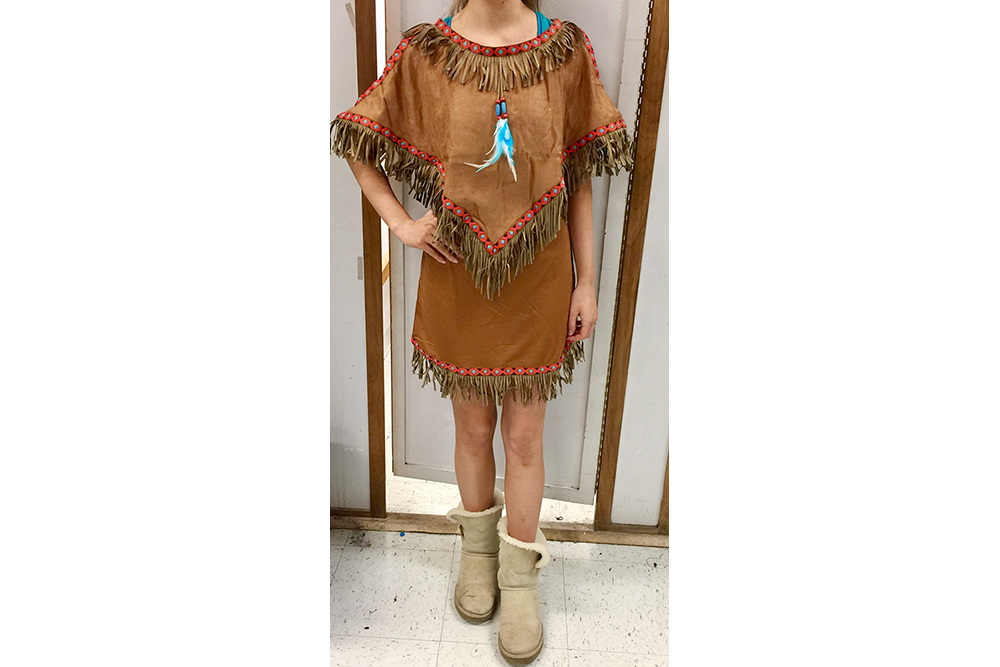
Christakis ended the letter with these sentiments: “Whose business is it to control the forms of costumes of young people? It’s not mine, I know that.”
A Youtube video recorded on the campus of San Francisco State University in March of 2016 shows Bonita Tindle, a black female, interrogating Cory Goldstein, a white male, over his dreadlocks. To date, the video has scored close to 4 million views.
“You’re saying I can’t have a hairstyle because of your culture, why?” Goldstein asked.
“Because it’s my culture,” Tindle replied.
While the young man was not in costume, this interaction is an example of objections that arise when cultural traits translate to fashion.
Bonita Tindle allegedly accosts Cory Goldstein over his choice of hairstyle at San Francisco State University in March 2016. Nicholas Silvera/Youtube
The University of Florida recently released an expressive statement in the Gator Times to student Halloween participants.
“Some Halloween costumes reinforce stereotypes of particular races, genders, cultures, or religions,” the post said. “Regardless of intent, these costumes can perpetuate negative stereotypes, causing harm and offense to groups of people.”
The UF administration will offer counseling services to students who feel aggrieved by offensive costumes. Further, UF’s Bias Response and Education Team is ready to act on incidents of bias and to educate those in need.
Halloween is an annual function and disputes are likely to be rekindled year after year. To address questions about the use of cultural dress as Halloween costumes, the Vanguard spoke with Dr. Carmen Suarez, vice president of Global Diversity and Inclusion at Portland State.
Interview with Dr. Carmen Suarez, Chief Diversity Officer at PSU. Benjamin Ramey/PSU Vanguard
“It’s about the power dynamic,” Suarez said. She explained that when a dominant culture or race borrows traits from a systematically oppressed group for their own gain, that is cultural appropriation.
This means members of historically oppressed groups may take offense to others wearing borrowed cultural attire on Halloween.
Suarez said that discussions about appropriation should mean to educate and promote community dialogue. PSU is an example of a campus open and willing to engage in discourse over the topic.
Suarez emphasized that there is no excuse for violent outrage or verbal harassment if a student feels offended over a costume. “There is a difference between speaking truth to power and public shaming,” Suarez said. “Grown-ups know the difference.”
Students will likely not see notices about costumes from the administration from now until Halloween, Suarez said. In her experience, strict rules may cause negative student feedback and detract from the collective community goal to be culturally responsible.

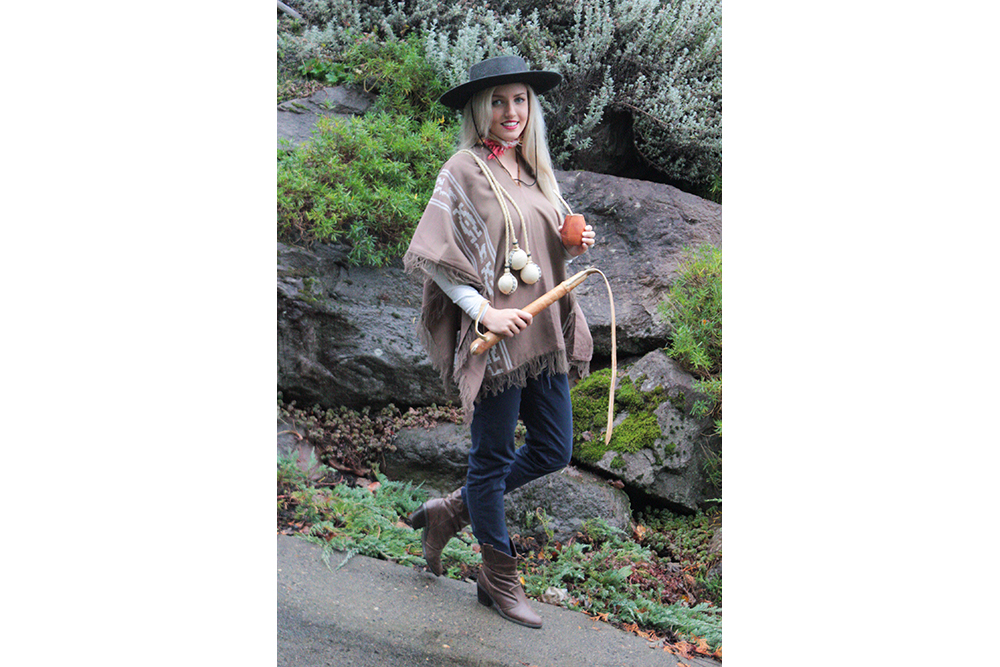
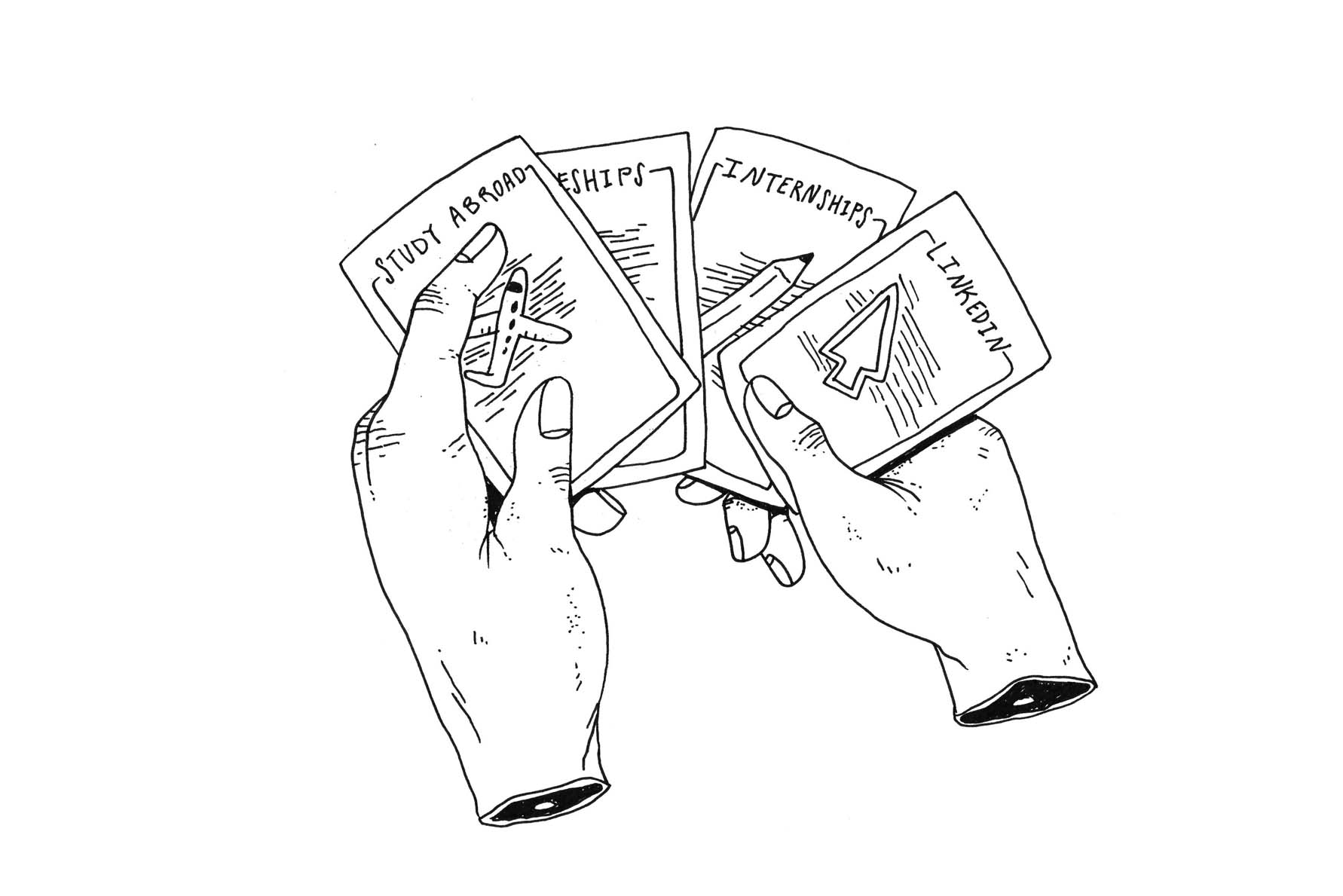

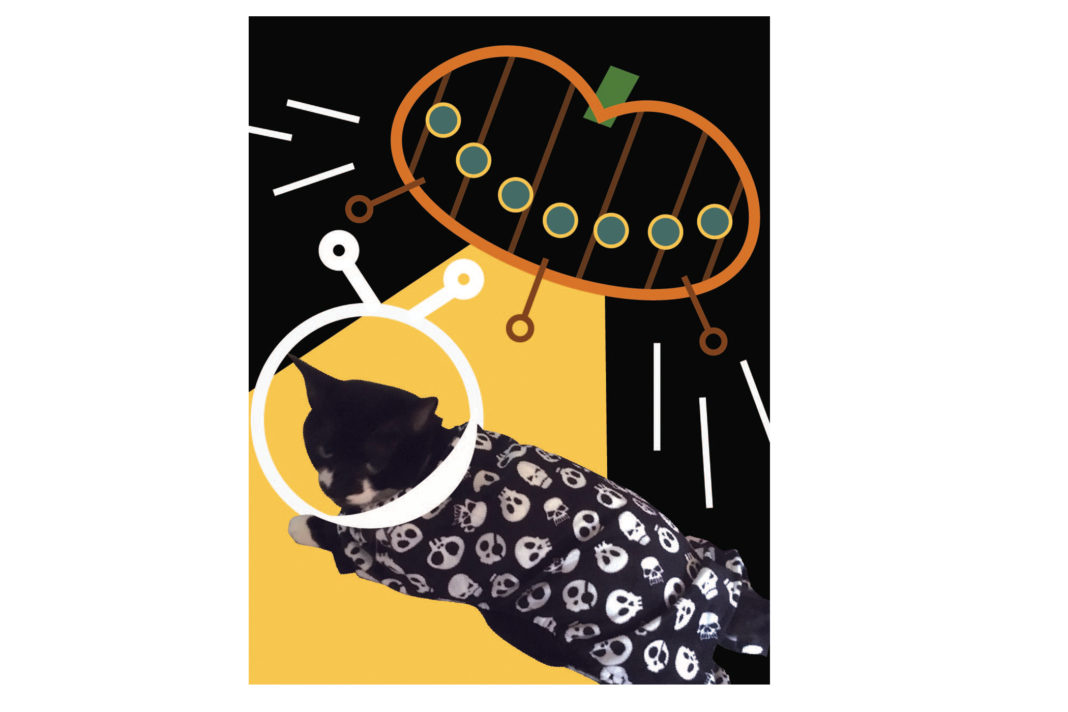

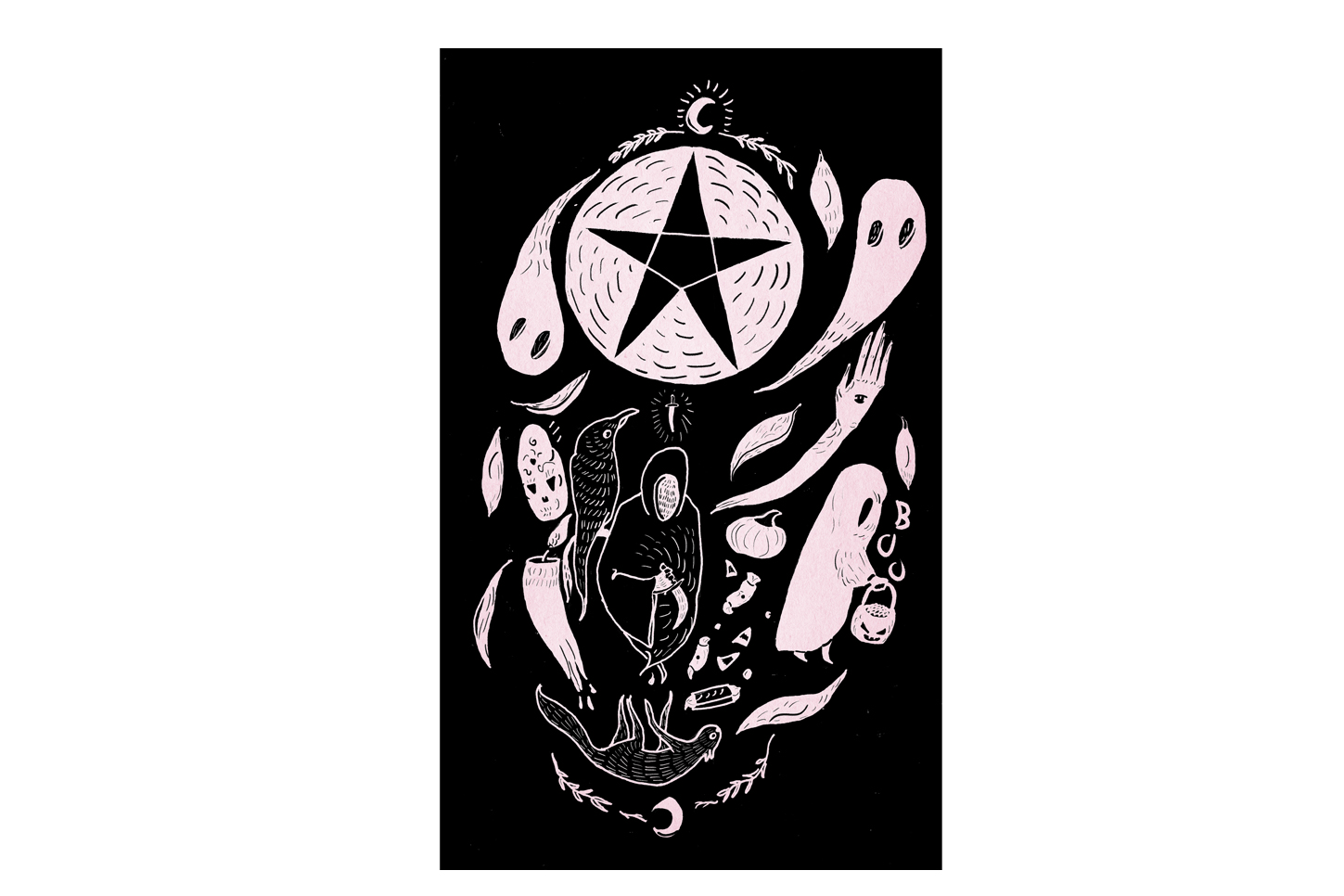
There’s a serious irony to having this article in print and online when the print version of this week’s paper features several images of at least one white woman in sugar skull/Dia de Los Muertos makeup. Did you not think to look at your own poor choices as a publication while remarking on those of others? If you’re aware of the problem, how could you include/promote images and behavior like that?